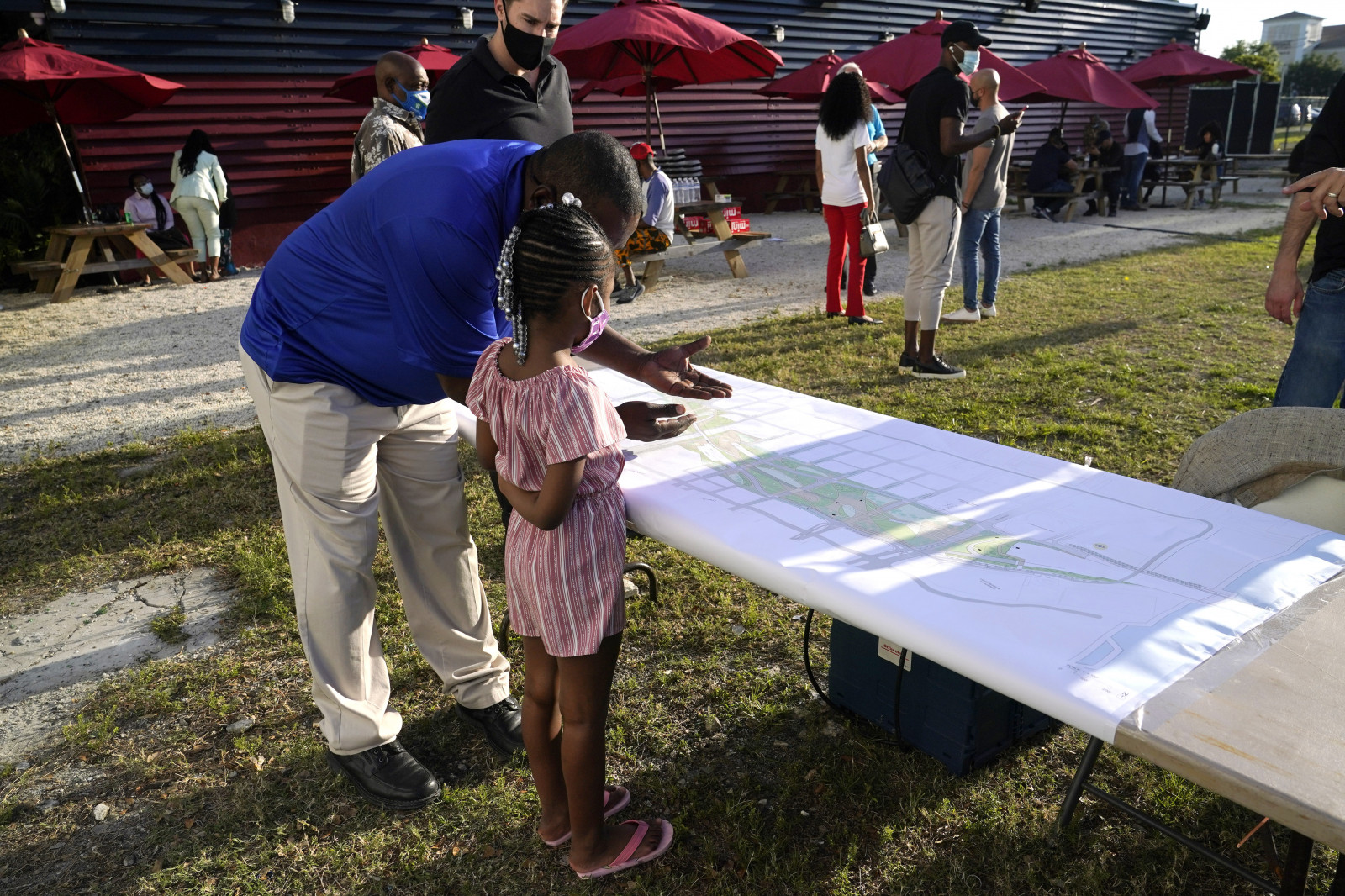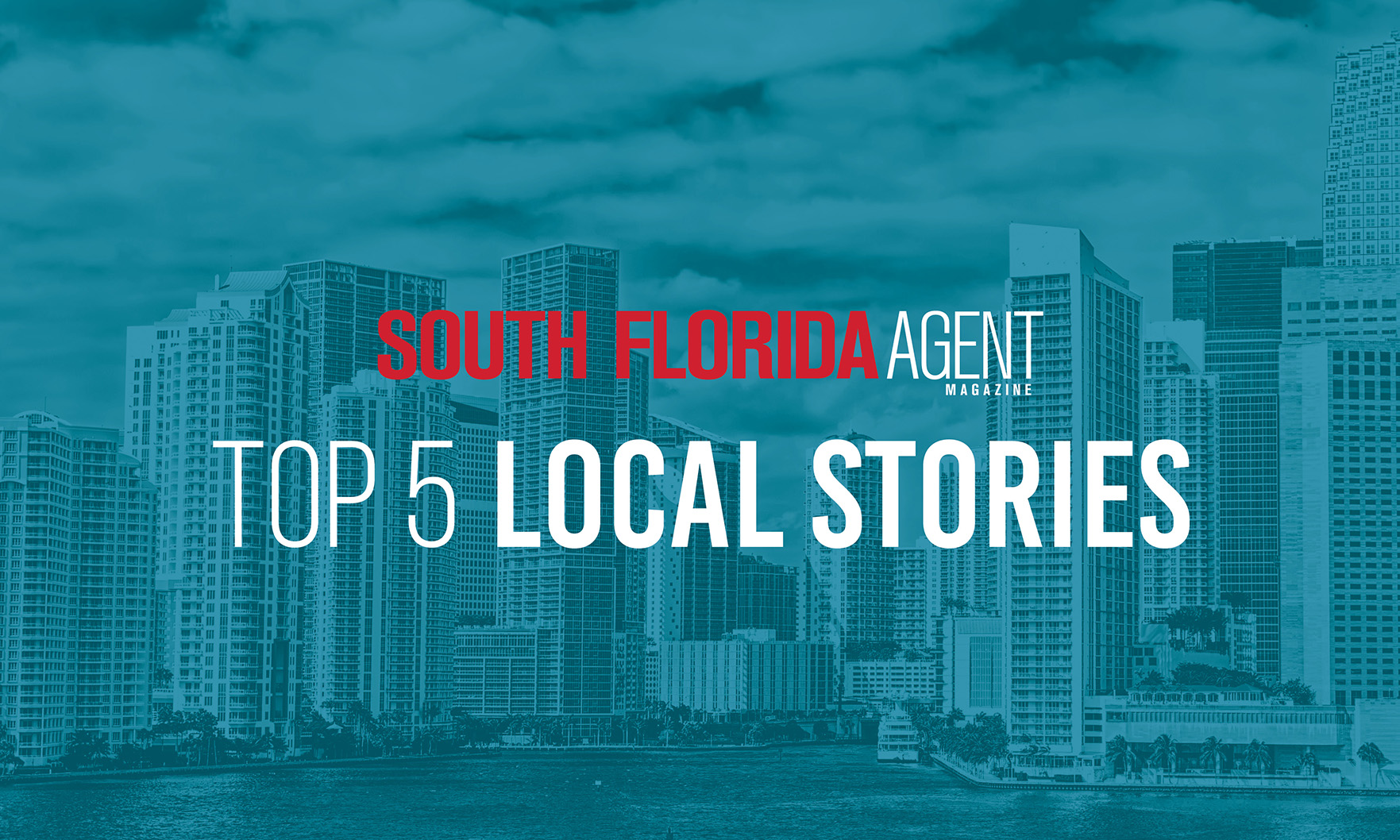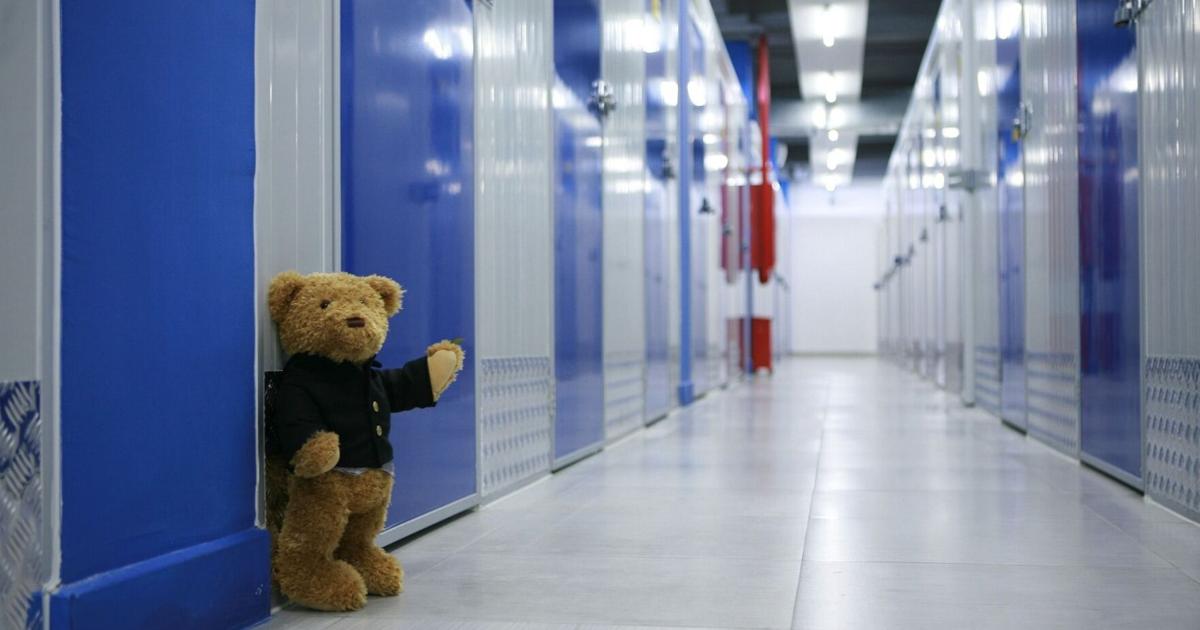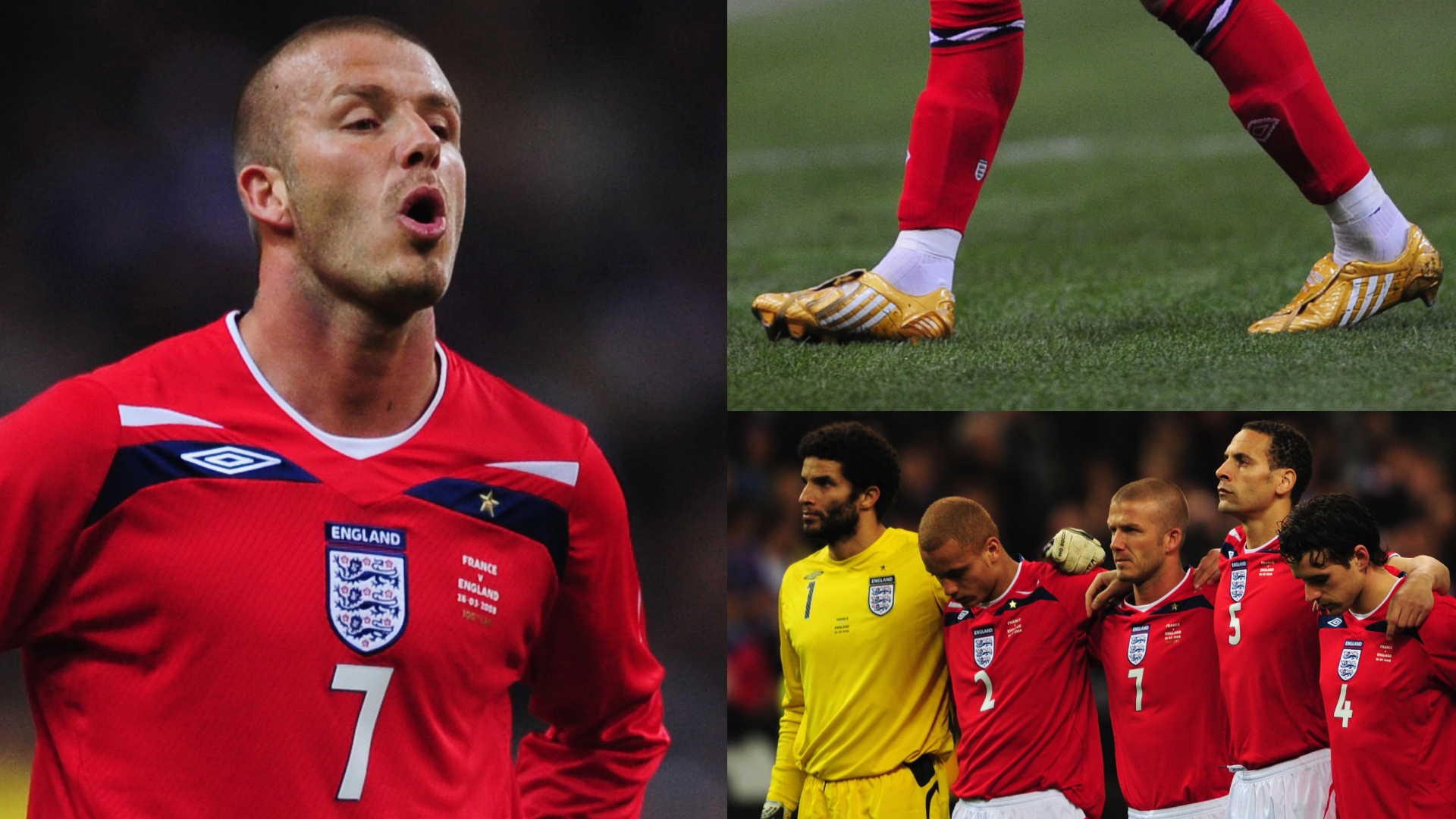Will Miami’s Underdeck Right A Historical Wrong, Or Leave Black Residents Behind Again?

Engaging the community
Members of the Underdeck Committee often say that community engagement is a priority for them. They hold regular open meetings in both Overtown and other impacted neighborhoods to share updates and answer questions. They send newsletters and call for any interested community member to join a subcommittee. At meetings, Martinez is an adept facilitator, leading meetings with clarity and consideration for the “the horrific consequences [the Overtown community] has had to endure.” She describes a “come one, come all” mentality.
One regular attendee of these open meetings is Metris Batts-Coley, chief operating officer of Overtown’s Dunns-Josephine Hotel – the “newest, sexiest, Blackest, women-owned and operated boutique hotel,” as she puts it. Besides running a prominent Black-owned business in Historic Overtown, Batts-Coley has extensive experience in community outreach and local leadership: She serves on the New Overtown Business Association. She’s Vice President of the Miami Women’s Club. She has worked in public health and school systems. She has navigated governmental red-tape while converting the Dunns-Josephine into a COVID-19 isolation hotel.
In short, Batts-Coley is the type of community member any engagement efforts would likely be clamoring to hear from. “No one from the Underdeck Committee has reached out to me or the Dunns-Josephine Hotel,” she says.
Fernando Burgo, an expert on public participation and incorporating diverse populations into planning, says effective engagement takes more than soliciting participation.
“Engagement has become a very popular and necessary term…because it is the way to build social capital and claim equity in [urban planning] work,” says Burgo, an urban planning professor at University of Minnesota, whose work focuses on development in Miami.
He encourages planners to think more deeply about what kind of engagement they practice: What is the budget? How is data collected and distributed? What is the language used and racial make-up in meetings? Are there stipends for time and effort? How about childcare, policy literacy, internet access?
When Next City requested a detailed budget to better understand how the $500,000 in funds were being allocated, the committee only said the budget was going towards the professional services “for the work of an informed approach for operations and maintenance for facilitation, engagement, communications/media and brand development.”
Batts-Coley works to have her voice heard in the Underdeck planning process, but says she often finds herself frustrated by lack of access to information that feels important.
“While I appreciate the opportunity to be involved in the naming of it, I’m more concerned about the economic development of it,” she says. “The community needs more than a name… the community needs business opportunities, creating jobs.”
Batts-Coley worries these deals will be made internally before others even hear about them. She has regularly advocated for the creation of an Economic Development subcommittee.
The demographic makeup of the Underdeck Committee has also drawn concerns from community members. Only four of 17 members of the Executive Committee are Black; only one member designed as chair of a working group is Black.
Nearly all of these chairmen and chairwomen are also members of the TSNDC’s board of directors. Martinez says the involvement of the TSNDC was merely one of convenience. When the ad-hoc group needed an official entity under which to accept the funding dollars, crossover members suggested TSNDC as an uninvolved parent organization. But some community members see a lopsided focus on members who represent just one small portion of the area impacted by The Underdeck, and fear how their goals to “create… a vibrant and attractive urban setting” around the center might impact Overtown.
One of Overtown’s few representatives in this process, the designee from the City’s 5th district, was missing from the Underdeck’s site for months. (The commissioner’s designee was added to the site after Next City asked the committee about their absence.) District 5 commissioner Christine King’s office told Next City that the designee has been involved with almost every meeting and is focused on ensuring the project is properly funded.
The majority of the committee is made up of the crème de la crème of Miami realtors and developers. It includes developers closely involved with transforming the trendy neighborhood of Wynwood. They turned what was once a dangerous warehouse district into a buzzy and beautiful locale that boasts some of the city’s best bars and restaurants – but also one where luxury real estate has taken over and the average rent for a 1-bedroom apartment sits around $3,000 per month.
Another member, connected to the famous nightclub E11EVEN, shares the brand’s plans to turn “underutilized” space into luxury hotel and residences. This “underutilized” space arguably sits within the bounds of Historic Overtown. The proposed hotel would be just three blocks from Batts-Coley’s Dunns-Josephine.
“It’s interesting how someone can just claim the space,” says Burgo. “You have these ‘interested folks’ because many of them have something at stake, with networks and properties embedded around the highway.” Many of these members have a vested interest in seeing this space develop into something off of which they can profit, directly or indirectly.
To Burgo, it makes sense for Miami to be invested in this project and rely on a developer-heavy team to make the plans. “This is the ultimate goal and dream of many visionaries and planners and policy makers and leaders who for decades have wanted to bring Miami to the stature of a global hemispheric city,” he says.
What’s not part of a global hemispheric city: “The perception of a poor neighborhood, next to its downtown.”
He compares this “green gentrification” to the impact of The Highline in New York, an urban park project that transformed the surrounding neighborhoods. There is significant geographic value in Overtown. It sits between popular neighborhoods: Wynwood, Edgewater, Downtown, Little Havana.
The city and developers would like to see the space transform, and see their profits erupt, “but how do we maintain the culture of Overtown? Who’s going to tell the story?” asks Batts-Coley.
The test of time
Burgo’s studies suggest it takes at least two and a half years of being embedded in a community to gain trust. And time is not on the side of The Underdeck Committee, who anticipate the planning phase of the process to be finished by the end of 2022.
Even if time for trust is short, residents say there is a huge opportunity for Miami to be a pioneer in a historically-conscious and community-oriented evolution for this space. To make that happen, Overtown’s voices must be “leading at the front rather than being asked at the back to join,” Burgo says.
And residents have big ideas. “Maybe there’s a trust that’s developed, maybe you can go back and see families that were displaced from the land and give them a check, maybe you can earmark legacy businesses that will be displaced now that the rent is too high,” says Batts-Coley. She mentions a Jamaican restaurant down the street that was pushed out due to “outrageous” rent: “He should be one of the people who has the opportunity to go underneath The Underdeck.”
Burgo says there are many approaches to what reclamation could look like. While the more tangible forms of reparations, like land ownership, have “huge legal and policy challenges,” he also encourages consideration for the use value and exchange value of the space – as well as the symbolism.
“The image of the park underneath the expressway certainly captures the imagination,” he says. This can be a reconnector if the plan is centered in the desires of the Overtown community and not the profits of developers.
The Underdeck is not the first time innovative public space below the interstate has been attempted. Historian N.D.B. Connolly opens his 2014 book, “A World More Concrete: Real Estate and the Remaking of Jim Crow South Florida,” with a description of the 1969 ribbon-cutting ceremony of an under-interstate park in Overtown – the idea of A. Athalie Range, the city’s first Black commissioner.
Dunn, whose family moved to Miami in 1951, remembers volunteering to set up this park, painting interstate columns and setting up gardens. The Miami Times’ report of the event expresses excitement about the idea spreading across the country. “We are proud that it was started in Miami,” the Times said at the time.
The park didn’t last. Minimal sun meant the grass died, and the constant rumble of visitors’ cars, speeding over the heads of playing children en route to their beach vacations, didn’t help. But it was there, a product of innovation and creativity. Miami was a first, even if it didn’t last.
Now that symbol, the ingenuity of Range, the making of lemonade out of the lemons Miami dealt to Overtown, has new life. As both Batts-Coley and Burgo noted in interviews with Next City, history repeats itself.
Gentrification, the pushing out of poor people and people of color, is nothing new. But with a history of displacement so blatant and recent, Overtown is a prime space to recognize this harm. A project like The Underdeck could turn Overtown into another trendy neighborhood with over-sweet Pisco Sours and overpriced rent. Or, residents say, it could have the courage to be something different. It could elevate the community and recognize this land’s unique history.
In October, the first meeting of the Economic Development Subcommittee – for which Batts-Coley had been advocating – happened, as did an engagement meeting bringing together 30 youth and young adults from Overtown and Downtown. Next week, the committee will hold two virtual meetings.
“It may just be smoke and mirrors, but I will not let it be,” Batts-Coley says. “I do not have the time to let it be.”
Lead photo: Darrick Rudolph shows his daughter Aliyah plans for a proposed Underdeck park at a community meeting, Wednesday, April 14, 2021, in the Overtown neighborhood in Miami. (AP Photo/Lynne Sladky)


